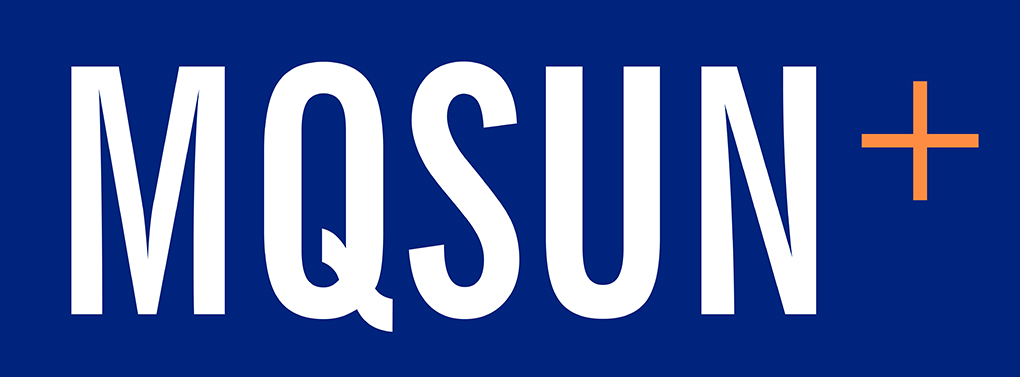To successfully advocate for funding for a multisectoral nutrition plan (MSNP), it is not only important to know how much the plan costs (i.e. its budget), but it is equally if not more important to identify the financial gaps of the plan. A financial gap analysis provides information for understanding the extent to which funds are allocated to and amongst the MSNP’s strategic objectives and its results to implement the activities at the required scale to meet nutrition targets. The financial gap analysis is, therefore, a key tool for preparing resource mobilisation events and for planning and administering the financing to come.
Knowledge of the MSNP’s financial gap will permit the government and its nutrition partners, including donors, to improve planning and prioritisation of key nutrition interventions, advocate for and support resource mobilisation for the plan and increase accountability for the implementation of the plan. As the current COVID-19 global pandemic or other global or national health/financial/political crises will exacerbate challenges in fundraising for nutrition, conducting a financial gap analysis in such times, combined with an assessment of impact of prioritised and deprioritised interventions can be a powerful tool to maintain some momentum for nutrition spending in countries.
This guideline describes the framework needed to conduct the financial gap analysis of an MSNP, its use and its process, including brief instructions for using the MQSUN+ Financial Gap Analysis tool offered as an attachment to this guideline. The guideline and related tool are also applicable to subnational multisectoral plans, especially in well-decentralised countries.


